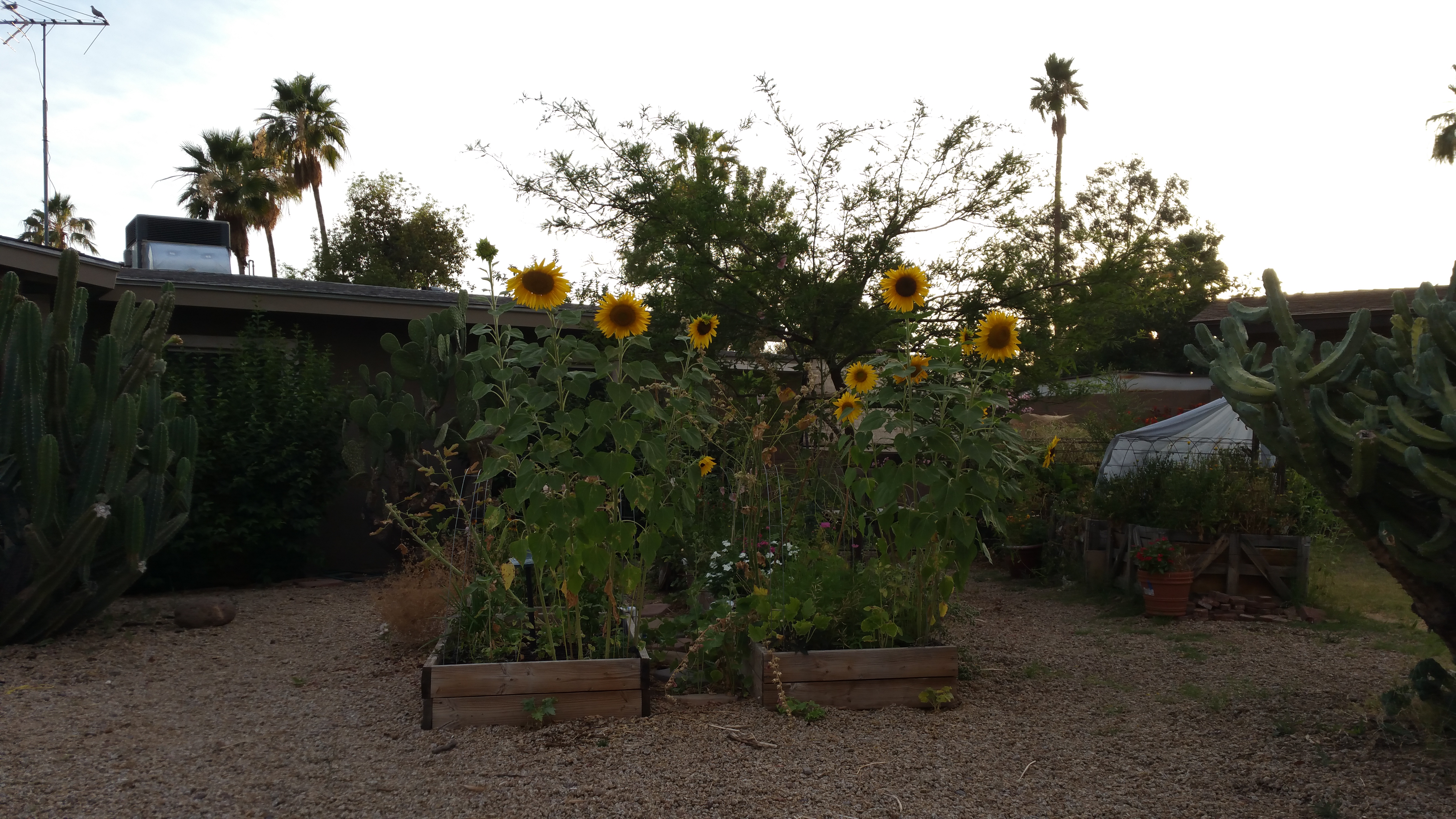Natural Shade Plants Provide the Best Kind of Shade for Gardens
Natural shade is perhaps the best kind for the garden. Consider a sweltering hot afternoon. Which would give better relief from the sun? Standing under an awning or in a bank of shade trees? I think that it’s just more pleasant under a tree. This is probably due to the ability of trees and other shade plants to shade out solar heat. Shade plants also cool the surrounding areas via the evaporation of water from leaves, or transpiration. Shade plants provide a balance of shade and sunlight. This creates a dappled effect that allows sunshine into the garden while t empering the heat.
empering the heat.
Besides providing relief from heat, shade plants have two other notable benefits.
Shade plants act as a filter for contaminants, which is especially useful for a garden that is located near a road or other polluted areas. Shade plants can also provide a windscreen, protecting small, more tender plants from gales.
Since natural shade is more pleasant for my plants and also for me when I am working in my garden during the summertime, I employ tall shade plants to protect smaller, more delicate plants. A mesquite tree shades the garden in my front yard. I also grow hollyhock flowers in the spring and sunflowers in the summertime to shade plants that are more sensitive to heat.
Shade plants can be edible.
Growing corn, fruit trees, Amaranth, sunflowers, and other edibles on the west side of a garden gives you both shade and food. At The Micro Farm Project, we also grow Palo Verde trees, which have edible pods, as do Mesquite trees. Pomegranates are a wonderful bushy plant that casts shade in the summer, but loses its leaves in the winter, allowing sunshine and warmth into the garden.
Shade plants are great for outdoor living.
I like to grow edible shade plants near outdoor living spaces and storage areas on the farm. I have tall plants in pots on the west side of my covered patio, a pomegranate to the west of the porch, and stone fruits shading the shed. The living areas are more pleasant to visit. The food growing on the shade plants is located in areas that I visit often, making it convenient for harvesting.
Shade plants are useful for livestock, too.
Shade plants can serve the dual purpose of providing shelter and food to livestock. Read more here.


